LOW VISION CLINIC
Low vision is a term that describes a loss of vision that cannot be corrected with glasses, contact lenses, surgery, or medication.
Low vision can affect your ability to perform everyday activities, such as reading, writing, cooking, or driving. Low vision can also affect your emotional well-being, as you may feel frustrated, isolated, or depressed.
Shankar’s Eye Hospitals offering best super speciality service for individuals suffering from Low vision
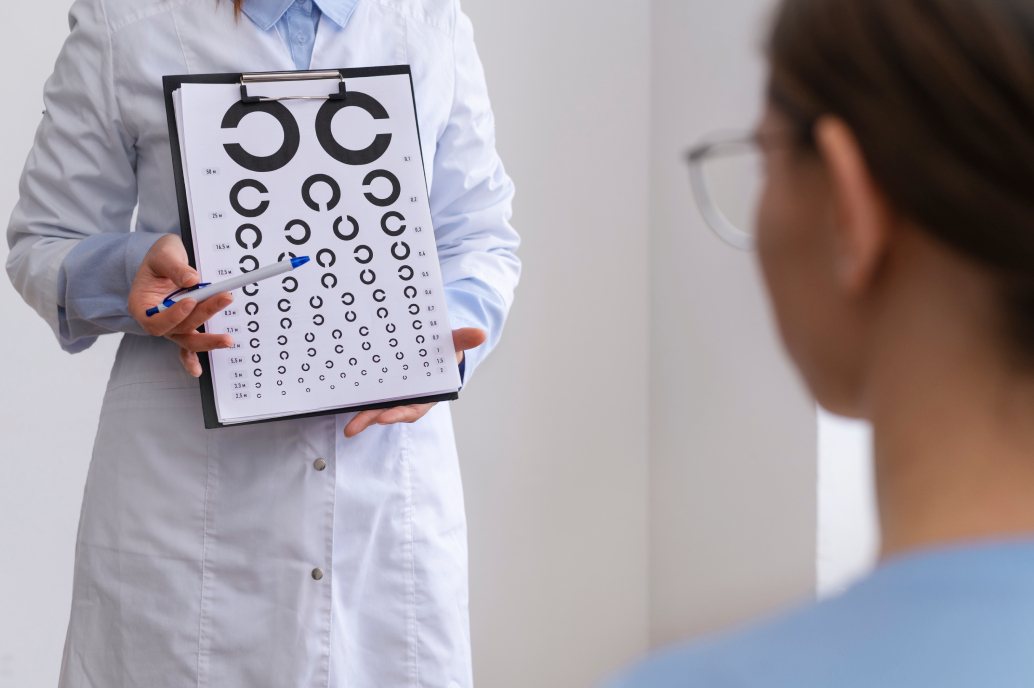
Low vision can result from various eye diseases or injuries, such as:
- Age-related macular degeneration (AMD): This is a condition that damages the central part of the retina, which is responsible for sharp and detailed vision. AMD is the leading cause of low vision among older adults.
- Glaucoma: This is a condition that increases the pressure inside the eye, which can damage the optic nerve, which carries visual information from the eye to the brain. Glaucoma can cause blind spots, tunnel vision, or total blindness if left untreated.
- Cataract: This is a clouding of the lens of the eye, which can make your vision blurry, dull, or hazy. Cataracts can be removed by surgery, but some people may still have low vision after the procedure.
- Diabetic retinopathy: This is a complication of diabetes that affects the blood vessels in the retina, which can leak fluid or bleed, causing vision loss or distortion.
- Other causes: Low vision can also be caused by other eye conditions, such as corneal diseases, retinal detachment, optic neuritis, stroke, nystagmus, brain injury, albinism, or inherited disorders.
Indications of Low Vision
- Blurred or Distorted Vision: Objects appear unclear or distorted, affecting visual acuity.
- Reduced Visual Acuity: Difficulty seeing clearly, even with corrective lenses.
- Difficulty Reading: Challenges in reading text, whether it’s printed material or on screens.
- Trouble Recognizing Faces: Identifying people becomes problematic due to impaired vision.
- Loss of Peripheral Vision: Reduced ability to see objects in the side vision.
- Increased Sensitivity to Light and Glare: Bright light or glare causes discomfort and affects vision.
- Impaired Colour Vision: Difficulty distinguishing colours accurately.
How is low vision treated?
Low vision cannot be cured, but it can be managed with various strategies and devices that can help you make the most of your remaining vision. Some of the options include:
- Low vision aids: These are devices that can magnify, illuminate, or enhance images, such as magnifying glasses, reading lamps, large-print books, electronic magnifiers, or video magnifiers.
- Assistive technology: These are devices that can convert text to speech, such as smartphones, tablets, computers, or screen readers.
- Orientation and mobility training: This is a service that can teach you how to use a cane, a guide dog, or other tools to navigate safely and independently in your environment.
- Vision rehabilitation: This is a service that can provide you with counselling, education, and support to cope with the emotional and social aspects of low vision and to learn new skills and strategies to perform daily tasks.
Common Low Vision Aids
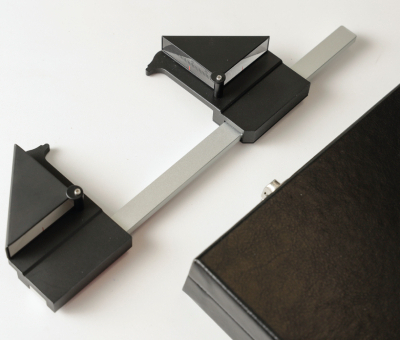
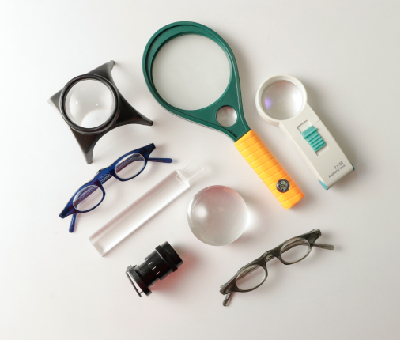
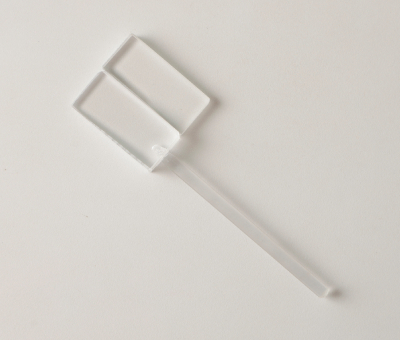

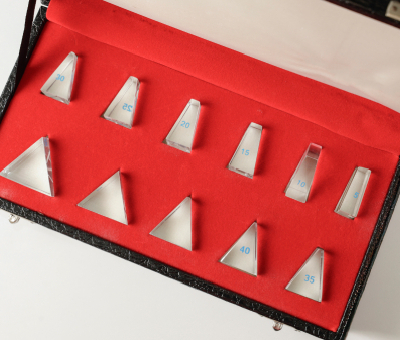
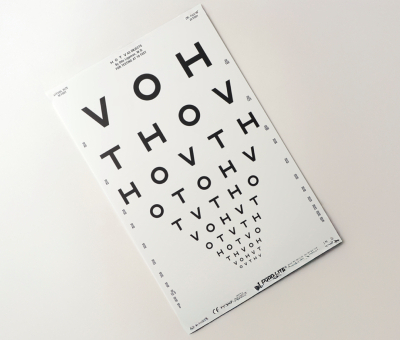
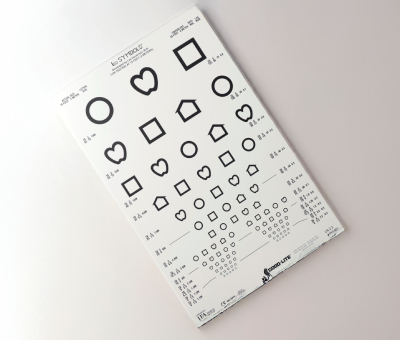

- Hand magnifier / pocket
- Spectacle magnifier
- Stand magnifier
- Bar and dome magnifier
- Monocular telescope and bioptic telescope
Common Symptoms of Low Vision Patients
- Difficulty in Reading, Driving, Recognizing people’s faces
- Difficulty in telling colors apart, and cannot see television or computer screen clearly
- Excessive glare